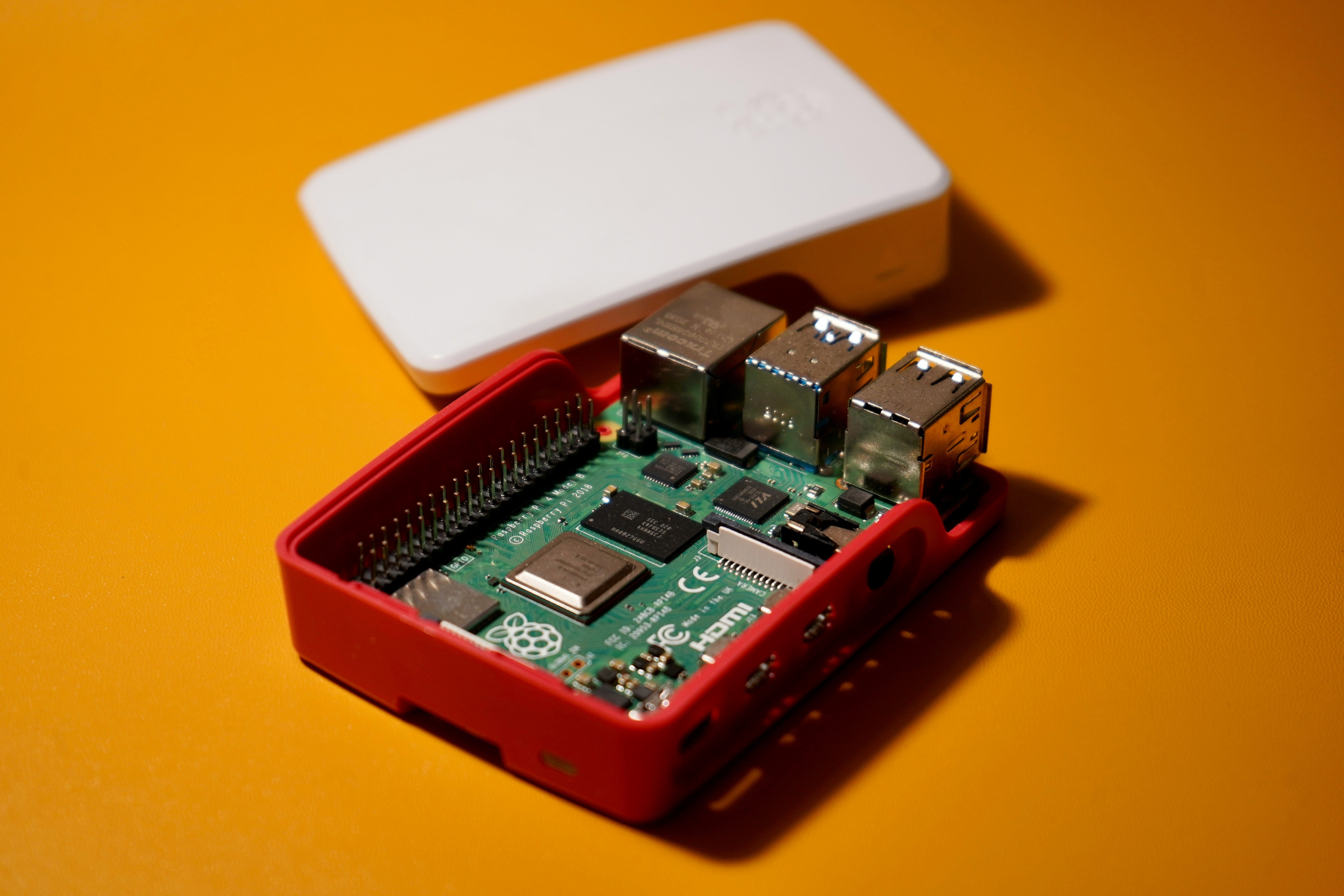Lighting Up the Future: A Closer Look at Photonic Computing
The future of computing could be brighter than ever, thanks to the promising field of photonic computing. While silicon-based electronics have dominated the tech industry for decades, the dawn of light-based computing promises to revolutionize the landscape. Let’s delve into the illuminating world of photonic computing, shedding light on its historical context, current developments, and potential impact on the industry.

Background: The Birth and Evolution of Photonic Computing
The concept of photonic computing has roots in the early 1960s when IBM researcher Robert H. Dennard proposed the idea of using light particles (photons) instead of electrons for computing. The theory was intriguing, but the technology of the time wasn’t advanced enough to make it a reality. Fast forward to the 21st century, the capabilities of photonic computing are no longer a distant dream, thanks to advancements in nano-scale fabrication and quantum photonics.
Current Developments: Shining New Light on Computing
In recent years, researchers worldwide have made significant strides in photonic computing. For example, scientists at the University of Oxford developed a photonic computer chip that uses light instead of electricity. Meanwhile, research teams at MIT and the University of California have also made groundbreaking progress, unveiling photonic chips that can process and store information using light. These innovations are paving the way for faster, more energy-efficient computers capable of processing vast amounts of data in a fraction of the time current technology allows.
The Photonic Computer: A Bright Spark in the Market
Given the potential of photonic computing, it’s no surprise that tech giants and startups alike are investing heavily in this field. While it’s too early to predict an exact price range for commercial photonic computers, they will likely be expensive initially due to the cost of research, development, and manufacturing. However, as with any new technology, prices are expected to fall as the technology matures and becomes more widely adopted.
The impact of photonic computers on the market could be tremendous. They could significantly enhance data centers’ efficiency, supercomputing, and eventually personal computing, potentially sparking a new era in the tech industry.
The Power of Light: Making Complex Simple
Photonic computing may sound complex, but its principle is quite simple: it uses light to transmit information. This method allows for faster data transmission and consumes less energy than conventional electronic computers, making photonic computing a promising solution for our energy-hungry digital age.
Moreover, photonic computing isn’t just for supercomputers or data centers. It could also revolutionize everyday devices, from smartphones to self-driving cars, by allowing them to process information faster and more efficiently.
The Future is Bright
Photonic computing is still in its early stages, but its potential is immense. If researchers can overcome the remaining technical hurdles, photonic computers could transform the tech industry, ushering in a new era of faster, more energy-efficient computing.
While we’re still some way from seeing photonic computers on our desks, the research is progressing rapidly. The future of computing is bright—quite literally—and photonic computing is lighting the way.




